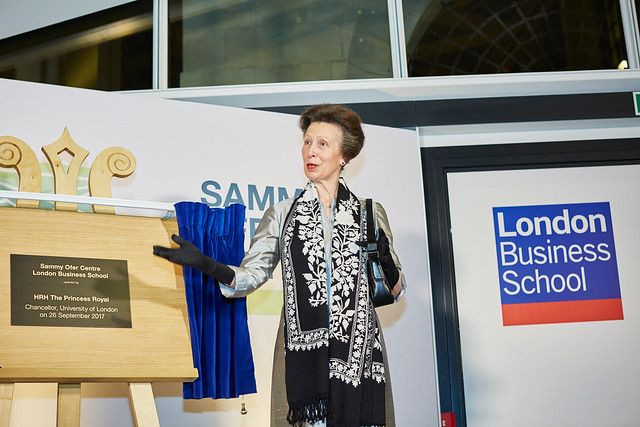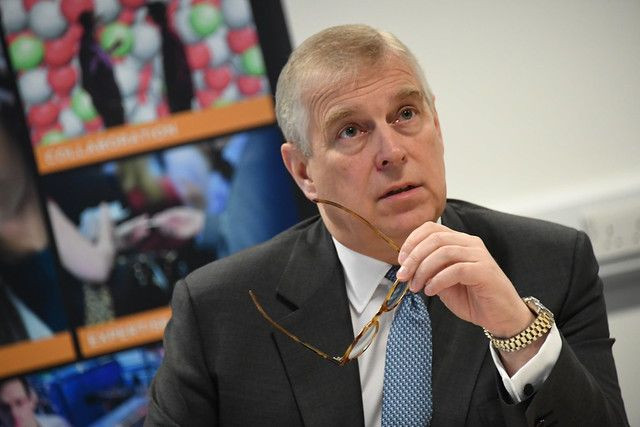Royal family fans might have noticed that there’s a big age gap between Queen Elizabeth and Prince Philip’s two older children, Prince Charles and Princess Anne, and their two younger siblings, Prince Andrew and Prince Edward. Many speculated on the reason for this age difference, but the diary of a former PM might hold a clue as to the real reason.
Prince Charles was born on Nov. 14, 1948, while her younger sister, Princess Anne, was born on Aug. 15, 1950, which means that there is only a two-year gap between them. Meanwhile, Prince Andrew was born on Feb. 19, 1960, which means that there is a massive 10-year age gap between him and Anne.
On the other hand, Queen Elizabeth gave birth to her youngest child, Prince Edward, on March 10, 1964. This means that he is only four years younger than Prince Andrew.
Many royal family fans tried to explain why there is a 10-year gap between Anne and Andrew. One even posted a question on Quora asking others if the Queen might have experienced miscarriages during that period.
None of those who answered knew exactly if Her Majesty had any miscarriages. However, most pointed out that Prince Charles and Princess Anne were born when Elizabeth was still a princess and has not yet ascended the throne.

Queen Elizabeth became the monarch in 1952 after the death of her father. She probably was not expected to become the queen so soon. Thus, she had a lot on her plate for the next few years. Simply put, she was probably too busy adjusting to the role in that first few years of her reign.
While these explanations are indeed plausible, there’s a hint from former Prime Minister Harold Macmillan’s diary, which suggests that there might be another factor at play that might explain the 10-year gap. And it may have something to do with the children’s family name.
When Prince Charles was born, Her Majesty, supported by Winston Churchill, Queen Mary and the Queen Mother, stuck to the royal tradition of keeping Windsor as the child’s family name. “Her children will be styled and known as the house and family of Windsor,” she publicly announced.
Naturally, her husband, Prince Philip, was angered by her decision to disregard his Mountbatten family name. He even told friends that he felt like a bloody amoeba and that he’s probably the only father in the U.K. who can’t give his family name to his children.

Ten years later, Elizabeth was pregnant with Prince Andrew. This time she consulted Mr. Macmillan, revisiting the family name issue, which so angered the Duke of Edinburg. Eventually, a compromise was reached as it was decided that their children would carry Mountbatten-Windsor as their family name.
“The Queen only wishes (properly enough) to do something to please her husband — with whom she is desperately in love,” the former PM wrote in his diary. “What upsets me is the prince's almost brutal attitude to the Queen over all this.”
© 2025 Latin Times. All rights reserved. Do not reproduce without permission.




